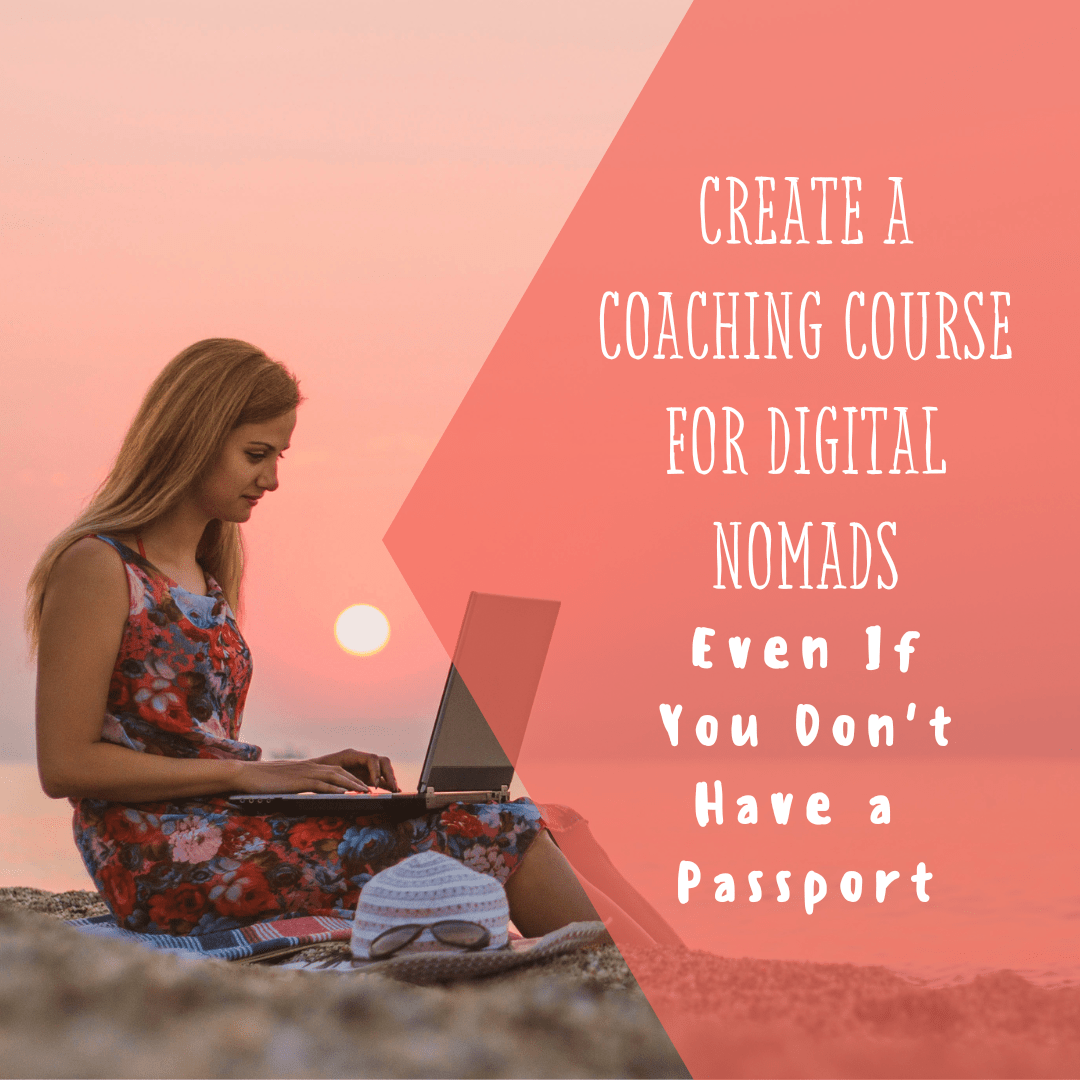If you’ve been working (or hanging out) online for a while, you’ve likely done–or hosted–a free challenge at least once or twice in your entrepreneurial career.
Free challenges are a fantastic (and fun) way to grow your audience with ideal clients who are struggling with the exact problems you solve. And when you set up a free challenge the right way, you’ll grow your audience and your pool of potential clients.
Ready to learn exactly how to run an audience-growing, client-getting free challenge? Let’s dive in.
What’s a challenge anyway?
In short, a challenge is a free online event or experience that’s designed specifically to help your customers solve a problem they have or overcome a struggle. Your challenge generally allows them to ‘solve’ a piece of the puzzle that’s holding them back in their lives or business right now.
On your end, though, the goal is twofold: 1) to grow your audience (like, a lot) and 2) to launch an offer at the end and secure new clients.
How do you choose the ‘right’ challenge topic?
In order to successfully use a challenge to help your customers solve a problem, you first must know what they are struggling with. What’s a topic your audience is always asking you for help with? If you’re not sure, shoot off an email survey or pop into that private Facebook Group that you started (or in someone else’s Facebook group, if it’s allowed!) and drop a poll.
The big rule here is to keep it simple. Don’t try to solve every single issue your audience has ever had. Instead, focus on ONE problem–and preferably, one they can make actual progress on in several days. It’s important to keep it simple because we don’t want our participants to become frustrated and give up before they’ve reached the finish line.
When you find the ‘perfect’ challenge topic, you’ll likely be surprised at just how many people will be chomping at the bit to sign up for–and participate in!– your challenge.
How do you know what to offer at the end?
Not only should your challenge solve one simple, specific problem–it also shouldn’t stand on its own. Instead, your challenge should flow seamlessly into your paid offer. Maybe your challenge walks your peeps through the first few steps of your signature process and your paid offer helps them finish it. Or, maybe your challenge is like pre-work that they’d need to complete before working with you anyway.
In short: Your paid offer is essentially the next, logical step after your challenge and will provide people with the resources, knowledge and/or support they need to go further or implement what they’ve already learned or created during the challenge.
Need an example? A “Master Your Messaging” challenge could lead into a 30-day group coaching program that helps your clients craft stellar social media content around their new messaging so they can get it out their new message to the masses.
You can also work backward when choosing your challenge topic. Instead of starting with the topic, pick your paid offer first. Then, come up with a compelling challenge that would help them prepare for or get stoked about what you teach or work on in your offer.
How long should your challenge last?
Keep your challenge tight. Challenges generally begin on a predetermined date so that your participants start their journey together and reach the same milestones at the same time. (This not only keeps everybody on track, but also creates a sense of camaraderie!) As for how long it should last specifically, it all depends on what type of challenge you’re creating. In today’s culture of instant gratification, it can be difficult to find a balance between short enough to encourage participation and long enough to make sure your participants reach their goals. We want our participants to feel accomplished, not overwhelmed (or worse, bored!).
That said, if you’re leading them through a simple task like writing their welcome sequence, three to seven days is ideal.
If your challenge requires a lifestyle change or is a bit more nebulous (like a mindset challenge, for example), it might better to run your challenge for a bit longer. You can also run a challenge like this for free the first time, then turn it into a paid product afterward. Then it’s a double whammy and a win all-around.
What should I call my challenge?
Names are important (albeit not the end-all, be-all). Choose a simple title and subtitle for your challenge that’s enticing but also makes sense. Be clear over clever, but be clever and fun, if you can.
How do I create the content?
You can run your challenge in a variety of different ways. Your challenge might include a combination of videos, PDFs, workbooks, audio, emails, Live sessions, homework, prompts, Q+A sessions and more.
You can also run your challenge a variety of ways, depending on what works best for you and will give your audience the best results. For example, you might send your challenge content via email, host it in a Facebook group or a combination. You can also host your challenge on a course website (like Kajabi) or other social platform (like Slack or Discord).
Before you create any content, though, you’ll want to take time to map it out. What value do you plan to share? What steps are required to get your participants from where they are to where they want to be? What daily action steps or homework can you provide them to help them actualize the results in their lives along the way?
Be thorough, but again, try to keep it simple. Your content should make logical and chronological sense. And you don’t want to overwhelm people with too much information. Keep your content (whether that’s a daily email or a daily Facebook Live) short and sweet and keep the action steps impactful-but-doable. When in doubt, leave it out!
What else do I need to run a successful challenge?
Your daily challenge content is only one piece of the puzzle (although it’s a big one). You’ll also need to create, at minimum:
Landing page to sign up for the challenge
Daily emails (or social posts) for the challenge that deliver the challenge content
A post-challenge webinar, sales page or Google Doc that introduces your offer with a beautiful bang
You’ll also want to ensure you have a payment processor in place to handle all the orders that come in for your paid offer.
Also, some challenges are designed to incentivize participants along the way and entice them to participate with prizes and special discounts to keep the energy and vibe high. For example, maybe you decide to give away a gift card to the most active challenge member or enter anyone who completes and posts all their homework in the Facebook group for a gift card to your favorite online retailer. You can also gift or giveaway your own products and services–like giving anyone who successfully completes the challenge access to a free Q+A with you or one of your other, already-developed products.
All that said, don’t forget to let them know about the incentives right off the bat. Spelling out the incentive details at the beginning your challenge will encourage others to engage, post and share your challenge.
Last–and perhaps most importantly–once you know what your challenge is (and what it’s called), how do you get people to sign up?
Basically? Promote it EVERYWHERE. Here are a few impactful ideas:
Email: Be sure to create a challenge email list that’s separate from your regular mailing, but also make it easy for people on your regular list to sign up (You can create a one-click link that tags them and adds them to your challenge list, for example)
Social media: Create promotional graphics and captions for all your social media platforms (including Facebook groups, Instagram feed, Instagram Stories, etc.) You can also create a specific challenge video for TikTok or IG, and don’t forget to mention it at the end of any posts or videos you create before and during the challenge
Long-form content: Write and/or talk about it (and add a call to action to join it) in your blog posts, YouTube or other long-form videos or podcast episodes
Referral-based traffic: And don’t forget to think about referral-based traffic, too: be sure to promote your challenge in any guest posts or podcast interviews you do that will come out before your challenge.
And don’t forget to keep promoting it even after its officially started. You can hype up your participants and talk about their results on your social media to create social proof and excitement and buzz around the challenge, so new sign-ups (and potential new customers) continue to roll in.
To sum it all up, challenges are a super fun and engaging way to expose more people to your work, get your message and launch a new offer. And remember, the more people you reach with your challenge, the more moolah you can make and the more people you can help. It’s a win-win all around.



